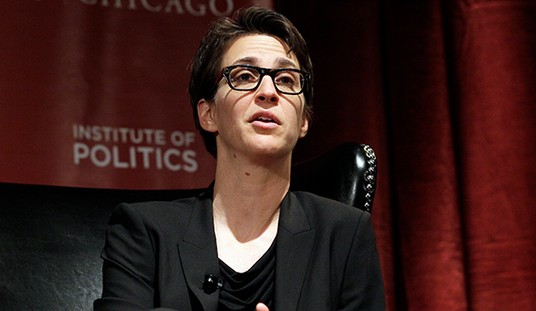Unlike the debate over federal funding of the Meals on Wheels program (which barely happens at all) there is a legitimate question being raised over the possible termination of funding for the National Endowment for the Arts (NEA). This is a fight which has been going on between conservatives and liberals since at least the Reagan administration if not before. Brought into existence as part of President Johnson’s Great Society initiatives, questions about the propriety of such federal funding have lingered at various heat levels virtually since the beginning. While the problem is very much of their own making, conservatives generally find themselves having the wrong argument about the NEA and playing the game directly in the court where liberals most want to do battle.
This pattern continues with yet another report from the Washington Post where Travis Andrews “explains” to everyone that the only reason there is opposition is because conservatives are too stodgy to be able to appreciate “provocative” art such as the photographs of Robert Mapplethorpe or the odoriferous body of work by Andres Serrano, including the so-called “piss Christ.”
In February, Frontpage magazine published a piece titled, “Lefties freak out of over that Trump may cut funds for ‘Piss Christ’ agency.” In an op-ed Wednesday, conservative columnist George F. Will again invoked the photograph. It also appeared in a commentary arguing against NEA funding, published this morning in the American Spectator. Both artists are mentioned several times in a Heritage Foundation article titled “Ten Good Reasons to Eliminate Funding for the National Endowment for the Arts.” In a piece about the NEA’s “top 10 crazy grants,” the Washington Times sarcastically called “Piss Christ” “an oldie but goodie.”
Still, the NEA has avoided defunding, in part because the right has never been ascendant in both Congress and the White House and also because these controversies “really scared” the NEA, Hartman said. He said that the agency has mostly avoided funding controversial art since.
It may survive this storm, too.
The NEA, Hartman said, “has been so smart about the types of programs that they fund, because they placed them all over the country so just about everyone in Congress has constituents who benefit” from the its largesse. [sic]
As I said above, when politicians (almost exclusively Republicans) rail against NEA funding you hear them bringing up precisely the same arguments cited by the author. And why not? Those are some truly offensive works and there is understandable frustration at seeing taxpayer dollars going into their creation or promotion. The reason this is the wrong argument to have is that the underlying problem with federal funding of the NEA would be just as valid if they promoted nothing but a collection of fine sculptures depicting the faces of world leaders. Or it could be a series of finger paintings of unicorns and kittens done by children and lifted from their parents’ refrigerators.
This isn’t a question of the qualitative “value” of any of the art. Such value remains subjective and truly in the eye of the beholder, even if many of us remain mystified at some of the trash which is passed off as “art.” This is a question of whether or not scarce federal funding is properly applied to something as subjective and completely unrelated to the business of running the country as the arts. Further, even if the national debt were currently sitting at zero and we were running a budget surplus, much like other divisive topics in society, why should the tax dollars of probably half the population be applied to any unnecessary function which those taxpayers completely disagree with or find reprehensible?
The arts, like everything else in society, can rise and fall on their own merit. The reason that we don’t have tremendous federal funding supporting the creation of blockbuster Hollywood movies is that such offerings tend to be popular and the business of making them is profitable. Creating paintings, sculpture, poetry or theatrical performances may not be as profitable, but if it has value to sufficient people, patrons may be found to support the work. If no such patronage is forthcoming then perhaps the “art” is better left to the lonely artist toiling away in their studio.
If we are going to have to have this debate all over again perhaps we could leave Robert Mapplethorpe out of it this time. It’s really not about him or the “piss Christ” or Andy Warhol’s paintings of soup cans. It’s about the government’s responsibility to handle taxpayer dollars with care and in an appropriate fashion.









Join the conversation as a VIP Member